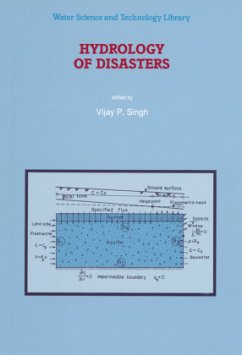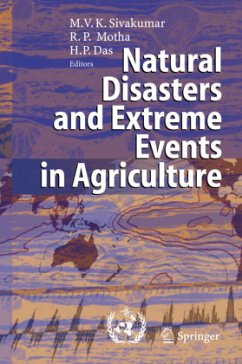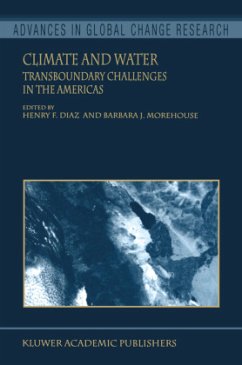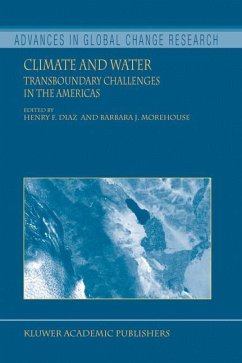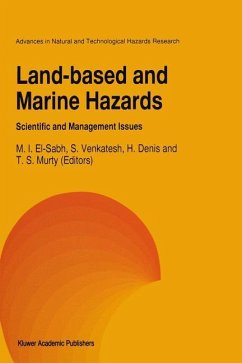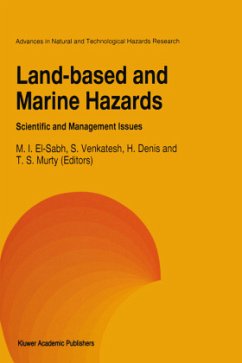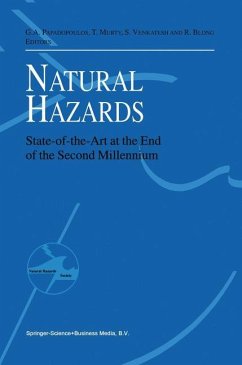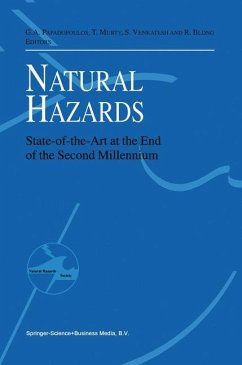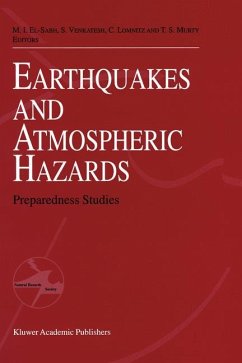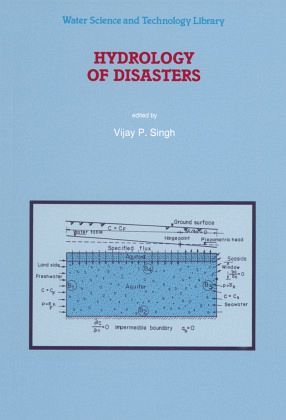
Hydrology of Disasters

PAYBACK Punkte
58 °P sammeln!
The General Assembly of the United Nations passed a resolution on December 11, 1987, designating the 1990s as the International Decade for Natural Disaster Reduction. This resolution has served as a catalyst in promotion of international cooperation in the field of natural disaster reduction; in initiation of wide-ranging research activities on natural and man-made disasters; in development of tech nologies for assessment, prediction, prevention, and mitigation through technical assistance, technology transfer, demonstration projects, and education and training; and in dissemination of informa...
The General Assembly of the United Nations passed a resolution on December 11, 1987, designating the 1990s as the International Decade for Natural Disaster Reduction. This resolution has served as a catalyst in promotion of international cooperation in the field of natural disaster reduction; in initiation of wide-ranging research activities on natural and man-made disasters; in development of tech nologies for assessment, prediction, prevention, and mitigation through technical assistance, technology transfer, demonstration projects, and education and training; and in dissemination of information related to measures for assessment, prediction, prevention, and mitigation of natural disasters. Disasters are manifestations of environmental extremes. Depending upon the type of disasters, their occurrence may have short-term andlor long-term detri mental environmental consequences. Disasters cannot be prevented altogether, but their impact can be mitigated. This book is an attempt toprovide a discussion of hydrological aspects of the various types of natural disasters. It is hoped that others will be stimulated to write more comprehensive texts on this subject of enormous importance.





